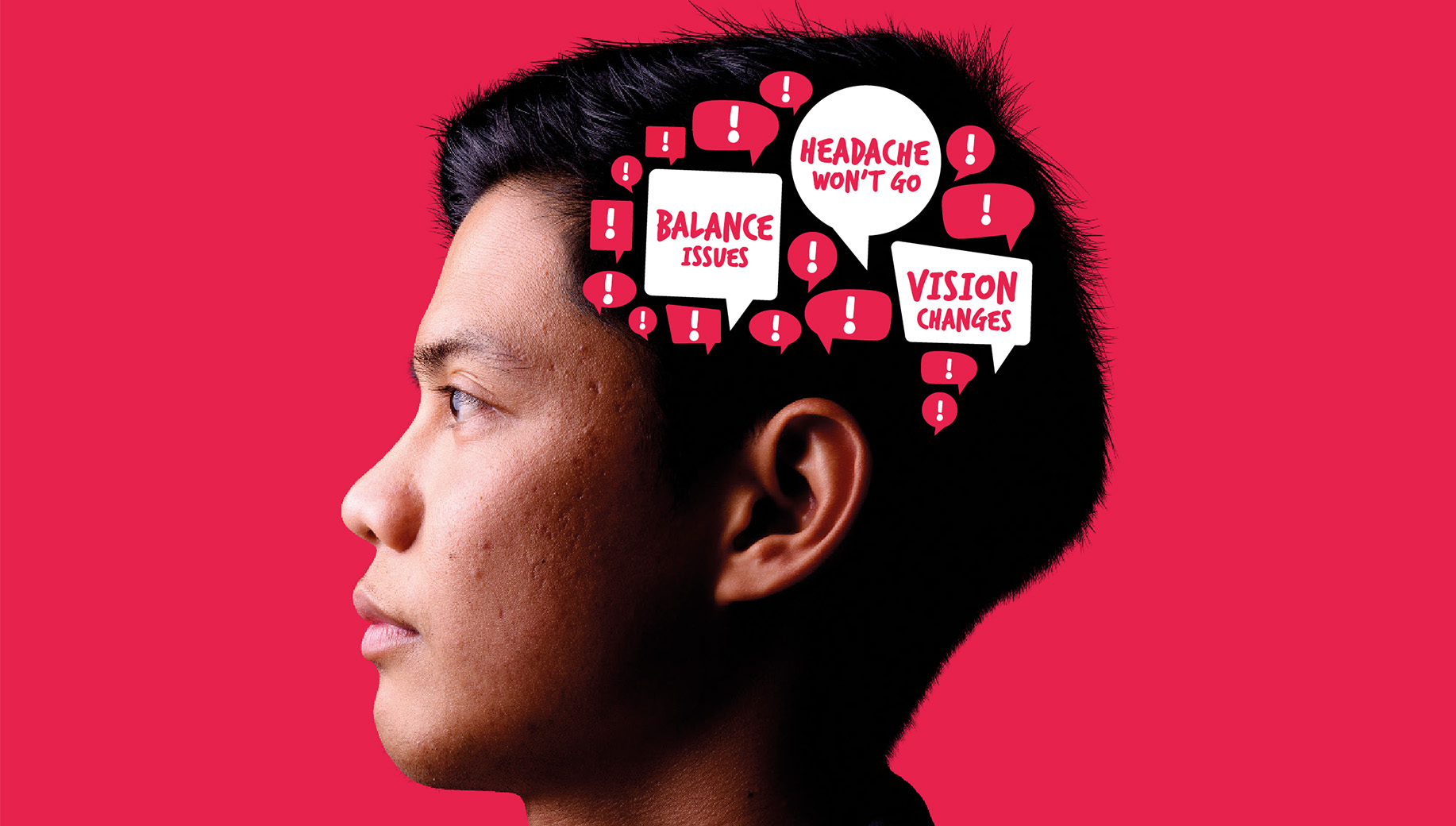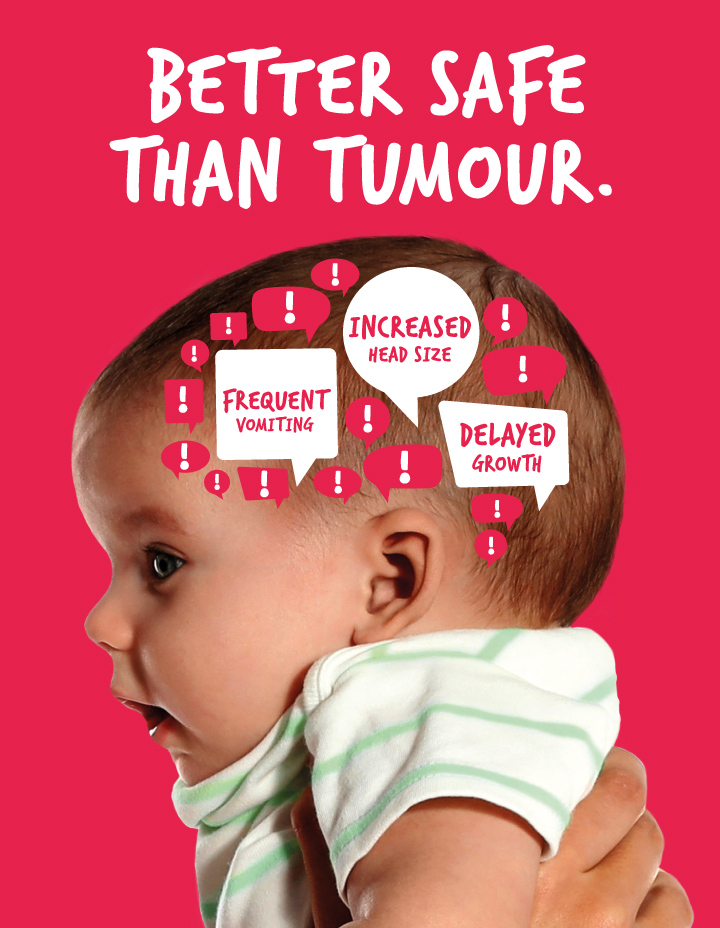Children’s seizures
Children’s seizures or fits can be caused by many different things. But, they can sometimes be symptoms of a brain tumour. So, if your child has a seizure, it’s important to know what to do.

On this page, we’ll discuss:
- What are children’s seizures, and are they different from adult seizures?
- What happens during a child’s seizure?
- What to do if a child has a seizure?
- What causes seizures in children?
- I think my child has a brain tumour, what should I do?
Other symptoms
Use our Better Safe Than Tumour symptom checker to check for other brain tumour symptoms.
Talking to your doctor
Learn more about how to approach your GP.
Get your free Information Pack
Our Brain Tumour Information Pack can help you better understand your diagnosis and feel confident talking to your medical team.
What are children’s seizures?
Seizures are the results of a condition called epilepsy. Epilepsy disrupts the electrical signals sent by the brain to control the body’s functions. This disruption can lead to seizures.
Children’s seizures don’t usually differ from adults’ seizures. But, there are some types of seizure that are more common in children than adults.
An example is absence seizures, during which the child’s attention seems to slip and they seem like they’re daydreaming.
What happens during a child’s seizure?
During children’s seizures, they may:
- or may not become unconscious
- appear to be ‘absent’ from what is happening around them
- experience jerking or twitching of their whole body or a hand, arm or leg.
- vomit or drool
- have held breath and a red face
- have rolled back, fixed, or squinted eyes
- lose control of their bladder or bowels
A child might experience one or more of these during a seizure. And, if they do become unconscious, they might have no memory of the seizure after it happens.
If your child experiences a seizure for the first time, you should always seek medical help.
If you think your child is having a seizure, call 999 and ask for an ambulance.
What to do if a child has a seizure?
If a child is having a seizure, you should:
- Clear any dangerous objects from around them
- Surround them with pillows or soft objects if possible
- Don’t hold the child down or move them unless they’re in an unsafe position
- Try to cool the child down (remove the child’s shirt or bedding if appropriate)
- Once the seizure has stopped, roll the child onto their side and make sure their airway is clear
- Call 999 and wait with the child until help arrives
What causes seizures in children?
In babies and young children, seizures can sometimes be caused by a fever. Seizures accompanied by a high temperature are not usually due to a serious underlying illness, but you should still seek medical help as soon as possible.
In some cases, children’s seizures can be caused by a brain tumour. Though, these are rare and are usually accompanied by other brain tumour symptoms.
I think my child has a brain tumour, what should I do?
It’s important to remember that brain tumours are rare. But, if your child has more than one symptom of a brain tumour, or the symptom won’t go away, then:
-
Talk to your doctor
GP appointments are usually quite short, so make sure you find out how to best prepare for your child’s appointment. - Get an eye test
If your child’s symptoms are limited to changes in vision and/or headaches, get their eyes tested by an optician before seeing your GP. - Go to A&E
If the symptoms are sudden or severe, you should go to your emergency department or call 999.
More information
Find out more about brain tumour signs and symptoms using our dedicated Headsmart site:

In this section

Know the Signs and Symptoms
Although brain tumours are rare, if you or a loved one are experiencing two or more of the signs and symptoms it’s important that you speak to your doctor to rule out a brain tumour.
Share your experiences and help create change
By taking part in our Improving Brain Tumour Care surveys and sharing your experiences, you can help us improve treatment and care for everyone affected by a brain tumour.